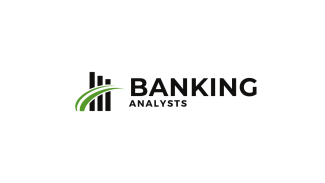
Banking Analysts: What Risk Indicators Do Investment Professionals Monitor Closely?
Founder Principal, Limestone Financial Group
Watch Volatility Indices
Volatility indices are a widely recognized tool used by investment professionals to discern the level of stress in the markets. A high volatility index, such as the VIX, often heralds a period of fear and potential downturn, pushing investors to rethink their strategies. Conversely, a low volatility index suggests a calm market, possibly indicating steadiness or complacency.
These metrics can underscore the unpredictability of stocks and the potential need for portfolio adjustment. Investors should regularly check these indices to stay aligned with the market mood.
Analyze Bond Yield Curves
Bond yield curves are critical for understanding the long-term outlook of an economy, providing insights on everything from interest rates to inflation expectations. An upward-sloping curve typically signifies a healthy, growing economy, while an inverted curve could be a precursor to a recession. Investment professionals use these curves to adjust their exposure to different types of bonds.
The bond yield curve's shape can also influence decisions on which maturity sectors may present better opportunities. Observing the changes in the yield curve can help guide investment decisions toward a healthier portfolio.

